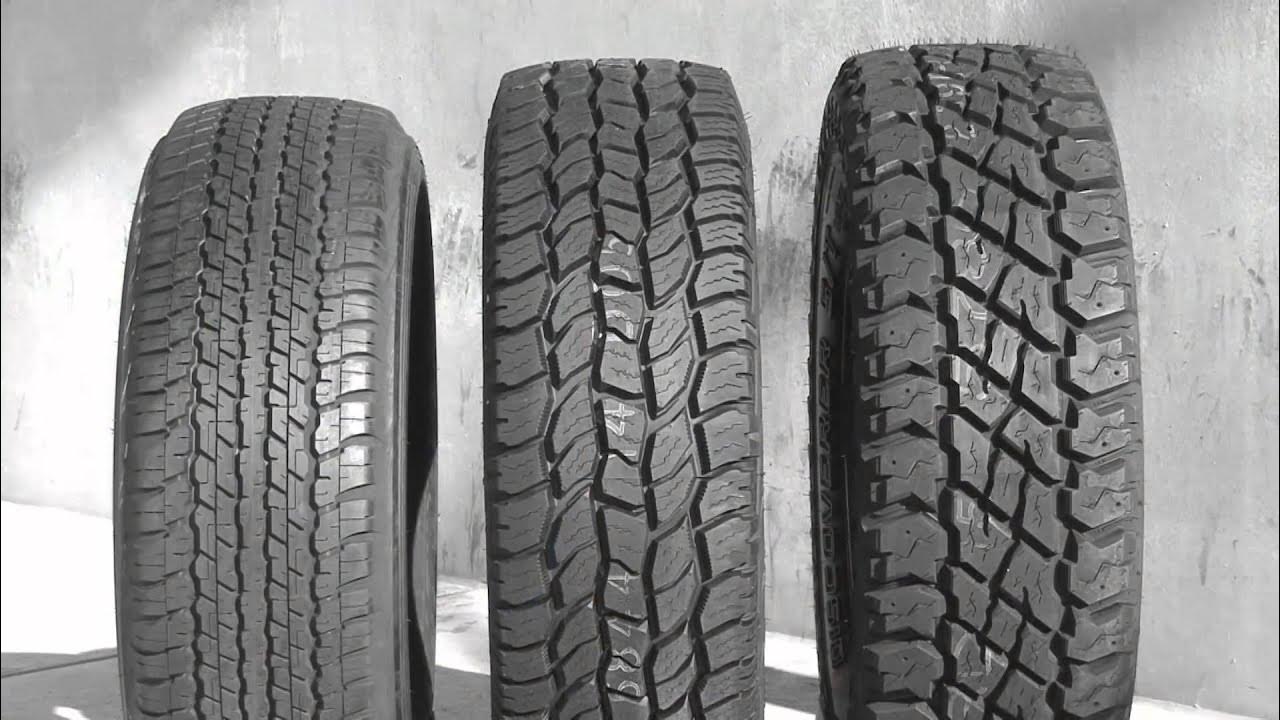GlennSullivan
Full Access Members
Based on recent discussions I have had with some of you in other threads regarding spare tires. I'm going to replace the factory spare tire / wheel in my 2017 Limited with a F1Z1007F 20" wheel and Michelin tire matching the 4 wheels / tires on the truck. I am doing this because I am now regularly towing long distances (NY-FL) with a 6600lb trailer and don't want to have to install a mismatched spare and to run a long distance with it. Even if the OD / runout of the factory spare is close, the tire would not be the same.
I'm now thinking about the TPS. Should I leave this new spare setup without a TPS as the factory unit is, or should I install a new TPS in the new spare and leave it unprogrammed and then program it to the vehicle when I have to put it on. I have both the little square Ford TPS programmer as well as a larger multi-vendor unit that can do most vehicles. I would prolly leave the little Ford unit in the glove box if installing a TPS in the spare.
Since the flat tire / wheel will still be in the vehicle, will I be able to program the new unit to the vehicle and and remove the unit in the flat tire? I don't like the idea of trailering with the TPS light on and not knowing if I have an issue with another tire or not.
Your thoughts / experience?
I'm now thinking about the TPS. Should I leave this new spare setup without a TPS as the factory unit is, or should I install a new TPS in the new spare and leave it unprogrammed and then program it to the vehicle when I have to put it on. I have both the little square Ford TPS programmer as well as a larger multi-vendor unit that can do most vehicles. I would prolly leave the little Ford unit in the glove box if installing a TPS in the spare.
Since the flat tire / wheel will still be in the vehicle, will I be able to program the new unit to the vehicle and and remove the unit in the flat tire? I don't like the idea of trailering with the TPS light on and not knowing if I have an issue with another tire or not.
Your thoughts / experience?


